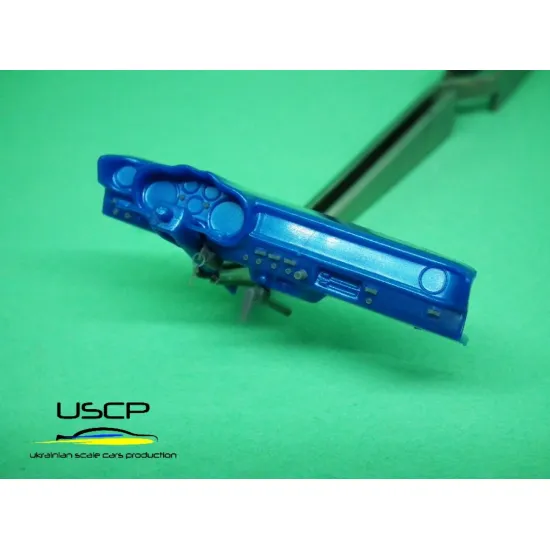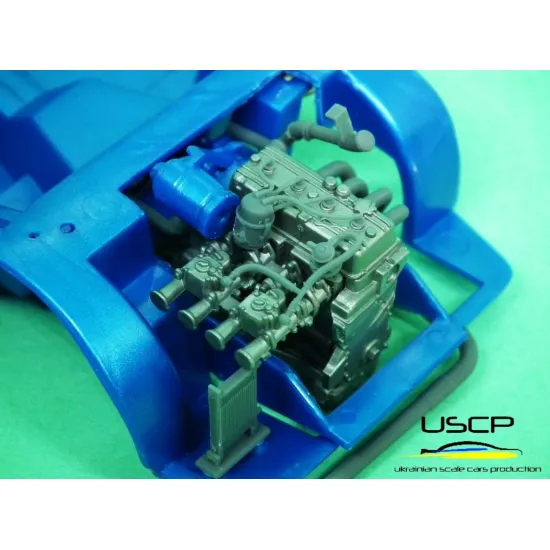10 Essential Tools Every Model Kit Builder Needs
10 Essential Tools Every Model Kit Builder Needs
Blog Article
The Ultimate Guide to Building Model Kits: Tips and Techniques
Plastic model kits have undergone a significant transformation because their inception, developing from simple and general patterns to extremely step by step and complex representations of real-world subjects. That advancement shows developments in resources, production practices, and the growing class of modelers' expectations. In this short article, we explore the development of plastic model kits, from their simple beginnings to the complicated sets accessible today.

Early Origins: Easy Models and Standard Products
The real history of plastic model kits appointments back once again to early 20th century, with the initial commercially available sets emerging in the 1930s. Originally, these types were simple and aimed primarily at children. Early sets, produced from fundamental plastic resources, were made to be snapped together, giving a straightforward introduction to modeling for young hobbyists. These types usually highlighted little aspect and were frequently molded in 1 or 2 shades, with several alternatives for customization.
Growth in Reputation: The 1950s and 1960s
As plastic became more widely accessible, the 1950s and 1960s found an important change in the complexity and variety of model kits.In this period, makers began introducing more detailed systems, targeting person fanatics along with children. Aircraft, cars, and vessels were frequent topics, and kits started to incorporate multiple elements for added realism. Nevertheless, designs still relied on fundamental construction techniques, with several alternatives for painting and finishing.
Breakthroughs in Technology: The 1970s and 1980s
The 1970s and 1980s marked a turning place in the world of plastic modeling. Improvements in mold-making engineering permitted for more in depth parts and better features. This time also found the release of replacement components, such as for example photo-etched elements, to improve the realism of models. Modelers started experimenting with different painting methods, weathering consequences, and detailing, ultimately causing more customized and lifelike creations. This time also saw the rise of extremely specialized packages, such as for example military tanks and dioramas, which appealed to enthusiasts with certain interests.

The Modern Time: Very Comprehensive and Complex Packages
Today, plastic model kits reach new quantities of sophistication. Makers now generate designs which are amazingly detailed, with hundreds of personal areas designed to reproduce real-world things with amazing accuracy. Electronic modeling and 3D making have revolutionized the style method, enabling higher accuracy and intricate explaining that was once unimaginable. Modern sets function sophisticated parts such as for instance movable areas, highly step-by-step decorations, and sensible surface textures. Moreover, many kits include comprehensive instruction instructions and decals, enabling modelers to generate very appropriate replicas.
From simple snap-together systems to very comprehensive designs, the evolution of plastic model kits shows the rising experience and creativity of modelers, along with the ongoing development in manufacturing and design. Whether you're a novice or a skilled amateur, there's never been a better time for you to explore the planet of plastic modeling. Report this page